The Influence and Mechanism of Cryogenic Treatment on the Mechanical Properties of Steel Materials
DOI: 10.23977/jemm.2024.090111 | Downloads: 45 | Views: 1454
Author(s)
Jie Yang 1, Yuhan Zhang 1
Affiliation(s)
1 Ningxia Tiandi Northwest Coal Meachine Limited Company, Shizuishan, 753000, China
Corresponding Author
Jie YangABSTRACT
Deep cryogenic treatment technology, as an advanced cold treatment process aimed at improving the performance and service life of metal materials, has attracted widespread attention in the field of materials science in recent years. This technology is not only widely used in the treatment of steel materials, but also shows good treatment effects on non-ferrous metal materials and composite materials. Through cryogenic treatment, the grain size of steel materials is refined, the number of grain boundaries is increased, thereby improving the strength and toughness of the material. At the same time, cryogenic treatment can also promote the transformation of residual austenite into martensite, further improving the hardness and wear resistance of steel materials. In addition, the precipitation of carbides and the adjustment of residual stress during the cryogenic treatment process also play a crucial role in improving the performance of steel materials. However, the impact mechanism of cryogenic treatment on the mechanical properties of steel materials is complex and involves multiple factors. The interaction between grain refinement, residual austenite transformation, carbide precipitation, and residual stress adjustment collectively affects the properties of steel materials. This article explores the influence and mechanism of cryogenic treatment on the mechanical properties of steel materials.
KEYWORDS
Cryogenic treatment; Steel materials; Mechanical performanceCITE THIS PAPER
Jie Yang, Yuhan Zhang, The Influence and Mechanism of Cryogenic Treatment on the Mechanical Properties of Steel Materials. Journal of Engineering Mechanics and Machinery (2024) Vol. 9: 69-73. DOI: http://dx.doi.org/10.23977/jemm.2024.090111.
REFERENCES
[1] Chen Jiulong, Lu Suwan, Gong Yikai, Liu Zhaoquan. Research progress of cryogenic treatment of steel materials [J]. Sichuan Metallurgy, 2020, 42(4):7.
[2] Jiang Peihong, Chen Weiye, Dong Fang, et al. Effect of holding time on microstructure and properties of cryogenic steel materials [J]. Hot working technology, 2018, 47(14):3.
[3] Gu Kaixuan, Wang Junjie, Zhang Hong, et al. Effect of cryogenic treatment minimum temperature on mechanical properties and reversed austenite content of 9%Ni steel [J]. Rare Metal Materials and Engineering, 2018, 47(11):7.
[4] Pan Ran, Liu Baosheng, Zeng Yuansong, et al. Effect of cryogenic treatment on the microstructure and mechanical properties of 15%SiCp/2009 aluminum matrix composites [J]. Metal Heat Treatment, 2022(009):047.
[5] Jiang Xiaokun, Yu Huan, Xu Zhifeng, et al. Effect of cryogenic treatment time on residual stress and mechanical properties of 3D-Cf/Al composites [J]. Journal of Metal Heat Treatment, 2018, 10(10):10
[6] Deng Chaojie, Wu Liangqin. Effect of cryogenic treatment on properties of SH51 high-speed steel cutter [J]. Material Protection, 2018(12):3.
[7] Liu Kunfeng, Yan Binbin, Xu Xincheng, et al. Effect of cryogenic treatment on microstructure and mechanical properties of 37CrMnMo steel [J]. Hot working technology, 2018, 47(8):4.
[8] Qin Jiayu, Xu Xincheng, Zhang Yalong, et al. Effect of cryogenic treatment on microstructure and mechanical properties of 37CrMnMo steel drill pipe joint [J]. Metal Heat Treatment, 2019(4):5.
[9] Li Donghui, Li Zhimin, Xiao Maoguo, et al. Effect of cryogenic treatment on mechanical properties and microstructure of low-carbon high-alloy martensitic bearing steel [J]. Journal of Materials Research, 2019, 33(8):11.
[10] Chen Yeqing, Wu Yiwen, Qin Ziwei, et al. Effect of cryogenic treatment on microstructure and mechanical properties of GCr15 bearing steel [J]. Mechanical Engineering Materials, 2018, 42(5):5.
| Downloads: | 11120 |
|---|---|
| Visits: | 422705 |
Sponsors, Associates, and Links
-
Cybernetics and Mechatronics
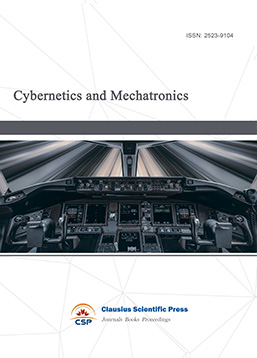
-
Digital Manufacturing and Process Management
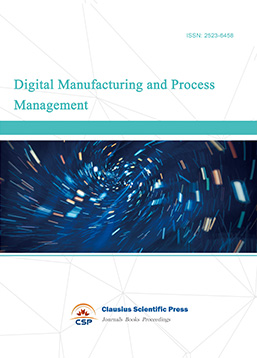
-
Ultra-Precision Machining Process
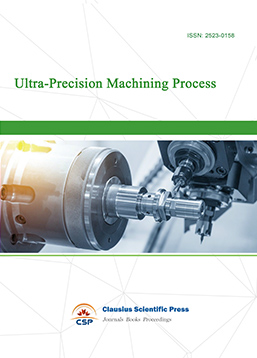
-
Journal of Robotics and Biomimetics
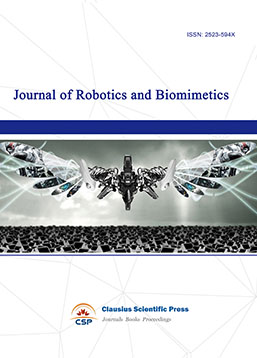
-
Prognostics, Diagnostics and Health Management
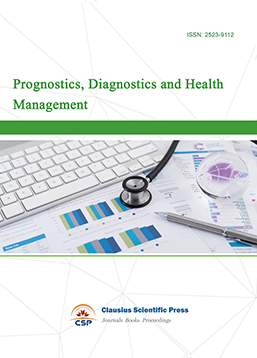
-
Micro-Electro-Mechanical Systems
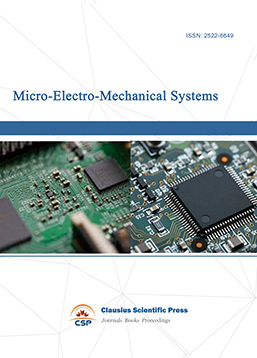
-
Journal of Precision Instrument and Machinery
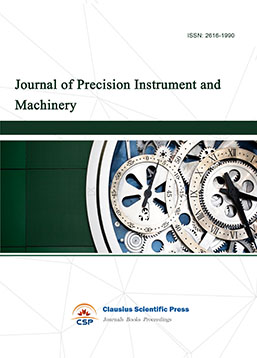
-
Engineering and Solid Mechanics
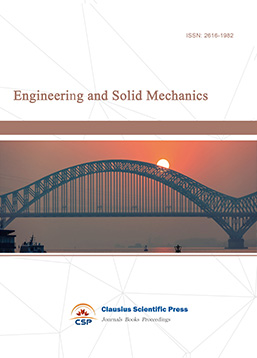
-
Fracture and Damage Mechanics
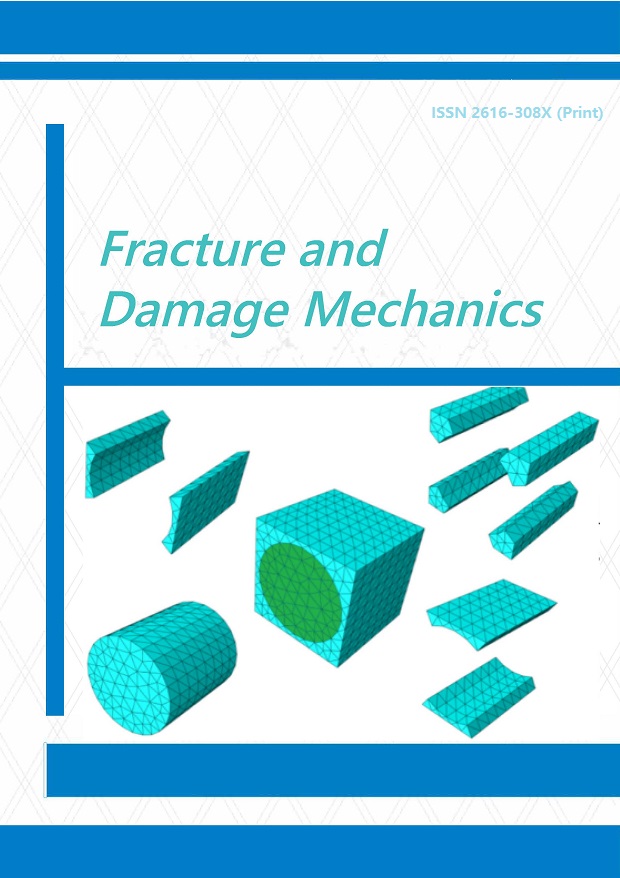
-
Frontiers in Tribology
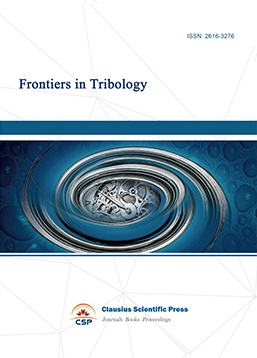
-
Fluid and Power Machinery
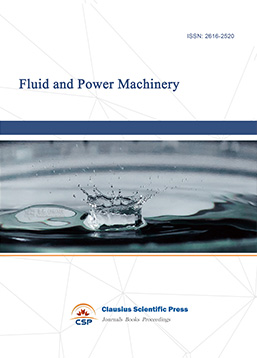
-
Chemical Process Equipment
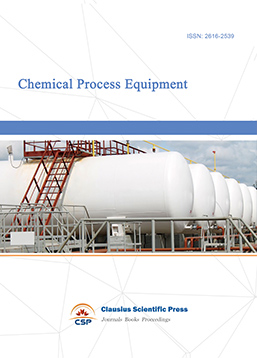
-
Journal of Assembly and Manufacturing
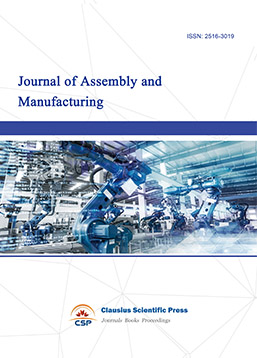
-
Mechanical Vibration and Noise
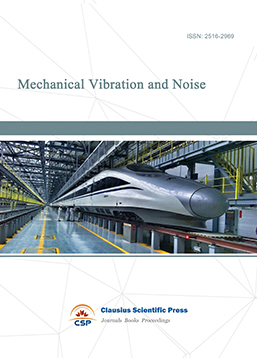

 Download as PDF
Download as PDF